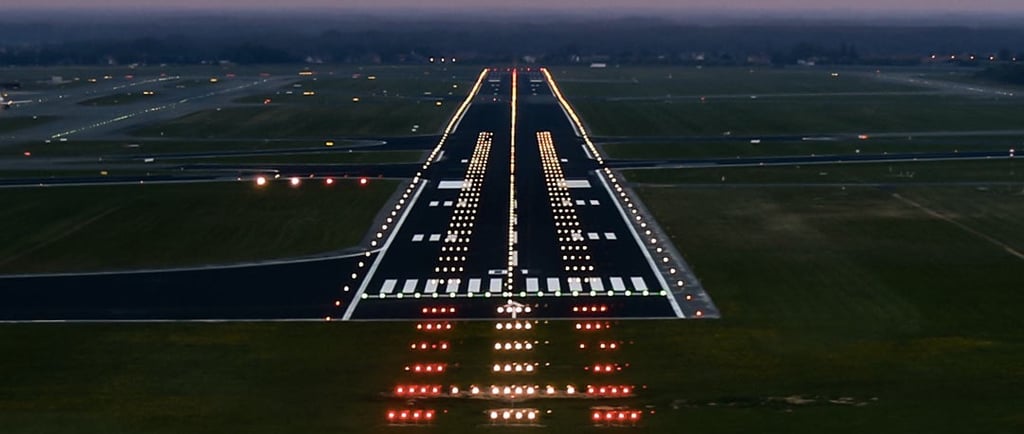Different types of approaches
6/24/20252 min read


Modern Types of Approaches: Visual, Type A & Type B
Today’s aviation uses updated terms for approach procedures, especially under Performance-Based Navigation (PBN) and EASA rules. Let’s break it down properly.
Visual Approaches
Pilot uses outside visual references, no navigation aids required. Used in good weather with the runway in sight, also it may be done at the end of an instrument approaches to land opposite runway (circling to land).
Instrument Approaches Categorization
These follow defined navigation procedures. Today they’re classified by Decision Altitude/Height (DA/DH):
Type A: Approaches with a decision altitude equal or above 250 ft
Type B: Approaches with a decision altitude below 250 ft
Different types of instrument approaches
ILS, is the most common precision approach in the world. It uses ground-based radio signals to provide:
Lateral guidance: via the Localizer (centerline)
Vertical guidance: via the Glide Slope
VOR, non-precision approach using a VOR station (ground-based radio beacon) for lateral guidance only.
No vertical path — pilots descend stepwise or follow a published descent profile.
Common at airports without ILS or where terrain prevents straight-in precision paths.
Modern trend: Being gradually replaced by RNAV/RNP approaches.
RNP, stands for Required Navigation Performance — a standard for how accurately an aircraft must navigate using onboard systems (mainly GPS, augmented by other sensors).
RNAV (GNSS) LNAV
Non-precision approach.
Lateral only — similar to a VOR approach but based on GPS.
Minima higher than precision approaches.
LNAV/VNAV
APV (Approach Procedure with Vertical Guidance).
Lateral from GPS + Vertical from onboard baro-VNAV system.
Uses aircraft’s barometric altimeter to calculate a glide path.
Minima lower than LNAV-only, but typically higher than ILS.
LPV (Localizer Performance with Vertical Guidance)
APV with satellite-based vertical guidance.
Very similar to ILS — but fully GPS/SBAS based (like EGNOS in Europe, WAAS in the US).
Minima often comparable to ILS CAT I (down to ~200 ft DA).
RNP AR (Authorization Required)
High-precision approach with curved segments or tight constraints.
Requires special crew training and airline authorization.
Airports with difficult terrain or complex airspace (e.g., Queenstown, Innsbruck).
Allows approaches where conventional nav aids can’t work, but requires approval from the state and the company and also special training must be provided.
What About NDB Approaches?
NDB (Non-Directional Beacon) approaches are one of the oldest types of instrument approaches still in use in some regions. The aircraft uses an Automatic Direction Finder (ADF) to point directly to the NDB station on the ground.
This approaches only provides lateral navigation — no vertical path. And are less precise than VOR or modern RNAV. More affected by weather and terrain.
Many NDB approaches are being phased out and replaced by RNAV procedures, but they’re still a good backup and a basic skill for pilots to master during training.
Created by a commercial pilot to share real-world aviation knowledge.
Join the newsletter to stay updated with weekly insights, articles, and exclusive book content.
contact@transitionaltitude.com
© 2025 Transition Altitude. All rights reserved.